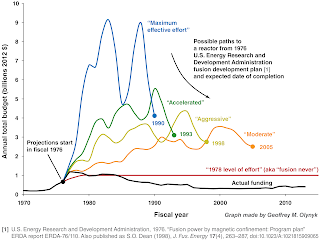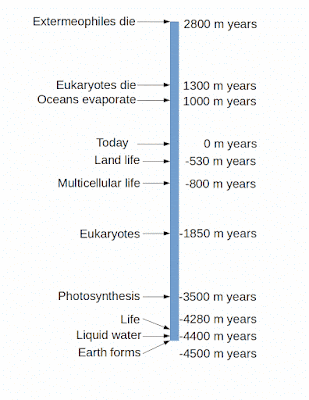A new charity for 2018
I'd previously written about year end charitable giving. This year I'm giving money to a new organization, though I'm giving a lot to Givewell too. The Alliance to Feed the Earth in Disasters, or ALLFED , is researching ways to rapidly scale up food production in the case that traditional means might suddenly become less viable. Say a super-volcano erupts, or a huge meteor strikes, or a nuclear winter happens, or something along those lines. Humanity would have to get through years of reduced sunlight that would make growing plants very hard. Crop failures would naturally lead to massive starvation but ALLFED is looking into ways to turn biomass we might have laying around into edibles via routes such as fungus or methane eating bacteria. Food produced this way wouldn't be especially tasty but it would hopefully be enough to keep people alive until the dust settles out of the atmosphere and normal farming can start back up. The idea here is to research the te



